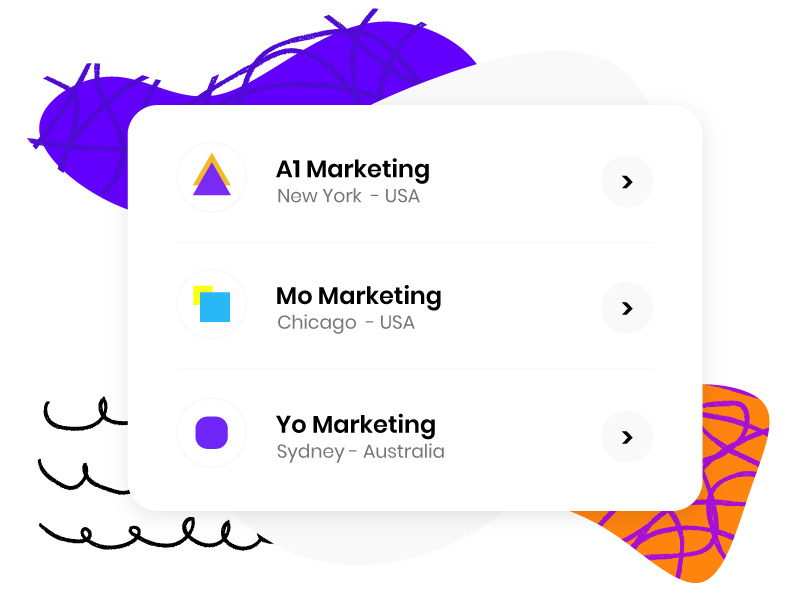
Adult learners are a growing demographic in higher education, driven by the need to upskill, change careers, or complete degrees they started earlier in life. However, financing education as an adult comes with unique challenges. Unlike traditional students, adult learners often juggle work, family responsibilities, and existing financial obligations. So, how much do student loans cost for adult learners, and what factors influence the final amount?
The Rising Cost of Education for Adult Learners
College tuition has been increasing steadily for decades, and adult learners are no exception to this trend. Whether pursuing an associate degree, bachelor’s, or graduate program, the price tag can be daunting.
Average Tuition Costs
- Community Colleges: $3,500 - $5,000 per year
- Public Four-Year Universities (In-State): $10,000 - $15,000 per year
- Private Universities: $30,000 - $50,000 per year
- Graduate Programs: $20,000 - $60,000 per year (varies by field)
These figures don’t include additional expenses like books, housing, transportation, or childcare—costs that can significantly impact adult learners.
Types of Student Loans Available
Adult learners have several loan options, each with different terms and interest rates.
Federal Student Loans
The U.S. Department of Education offers several loan programs:
- Direct Subsidized Loans: For undergraduates with financial need (government covers interest while in school).
- Direct Unsubsidized Loans: Available to all students, but interest accrues immediately.
- Direct PLUS Loans: For graduate students and parents of undergraduates (higher interest rates).
Federal loans typically have lower interest rates and more flexible repayment plans than private loans.
Private Student Loans
Banks, credit unions, and online lenders offer private student loans, which may have variable interest rates and stricter repayment terms. These are often used when federal loans don’t cover the full cost of attendance.
State and Institutional Loans
Some states and colleges offer their own loan programs with competitive rates for residents or enrolled students.
How Much Can Adult Learners Borrow?
The amount an adult learner can borrow depends on multiple factors:
Federal Loan Limits
- Undergraduate Students: $5,500 - $12,500 per year (depending on dependency status).
- Graduate Students: Up to $20,500 per year in Direct Unsubsidized Loans, plus additional funds via Grad PLUS Loans.
Private Loan Limits
Private lenders determine borrowing limits based on creditworthiness and income. Some lenders allow borrowing up to the full cost of attendance, minus other financial aid.
Total Debt Accumulation
Many adult learners already have existing student debt, which can affect how much they can borrow. Federal loans have lifetime limits:
- Undergraduates: $31,000 - $57,500 (dependent vs. independent).
- Graduate Students: Up to $138,500 (including undergraduate loans).
Interest Rates and Repayment Terms
Interest rates significantly impact the total cost of student loans.
Federal Loan Interest Rates (2023-2024)
- Undergraduate Loans: 5.50%
- Graduate Loans: 7.05%
- PLUS Loans: 8.05%
Private loan rates vary widely, often ranging from 4% to 15%, depending on credit score and lender terms.
Repayment Plans
Federal loans offer income-driven repayment (IDR) plans, which cap monthly payments at a percentage of discretionary income. Private loans usually require fixed payments regardless of income.
Hidden Costs of Student Loans for Adult Learners
Beyond tuition and interest, adult learners face additional financial burdens:
Opportunity Costs
Taking time off work to study can mean lost wages, making loan repayment harder.
Credit Impact
Missed payments can damage credit scores, affecting future borrowing for homes or cars.
Long-Term Financial Strain
High student debt can delay retirement savings, homeownership, and other financial goals.
Alternatives to Student Loans
Before taking on debt, adult learners should explore other options:
Employer Tuition Assistance
Many companies offer tuition reimbursement for job-related education.
Scholarships and Grants
Adult-specific scholarships are available through nonprofits, professional associations, and schools.
Community College and Online Programs
Lower-cost alternatives can reduce borrowing needs.
Income Share Agreements (ISAs)
Some schools offer ISAs, where students pay a percentage of future income instead of taking loans.
Final Thoughts
Student loans for adult learners can be a necessary investment, but they require careful planning. Understanding borrowing limits, interest rates, and repayment options is crucial to avoiding financial strain. By exploring all funding sources—federal aid, employer benefits, and scholarships—adult learners can minimize debt while achieving their educational goals.
Copyright Statement:
Author: Avant Loans
Link: https://avantloans.github.io/blog/how-much-are-student-loans-for-adult-learners-2352.htm
Source: Avant Loans
The copyright of this article belongs to the author. Reproduction is not allowed without permission.
Prev:Instant Loans Chime Users Can Trust – Safe Lenders to Consider
Next:Upstart Loans for TikTok Creators: Viral Content Funding
Recommended Blog
- Instant Loans Chime Users Can Trust – Safe Lenders to Consider
- Best Bad Credit Payday Loans Like CashNetUSA – High Approval
- Are Business Loans Bad for Your Personal Credit?
- Discover Home Loans Login: How to Close Your Account Securely
- Kamala Harris’ Plan to Make Student Loans More Manageable
- RV Loan Closing Costs: What to Expect
- How to Avoid Predatory Lenders in Greenville, SC
- Big Picture Loans: How to Check Your Eligibility
- Bad Credit Auto Loans: How to Negotiate Interest Rates
- Loan APR Meaning: The True Cost of Borrowing
Latest Blog
- Best Personal Loans with Biweekly Payment Options
- Loans for Real Estate Investing in Memphis, TN
- Loan for Vacation in Killeen: Should You Borrow?
- Best Online Loans for Bad Credit with No Hidden Fees
- Loans Held for Sale Accounting: SEC Reporting Requirements
- Quick Cash Loans for Vacation Rentals
- Bad Credit? These Lenders Will Still Approve You
- $255 Payday Loans Online – What to Look for in a Lender
- 100 Percent Approval Loans for Gym Memberships
- Forbearance and Bankruptcy: What’s the Connection?
